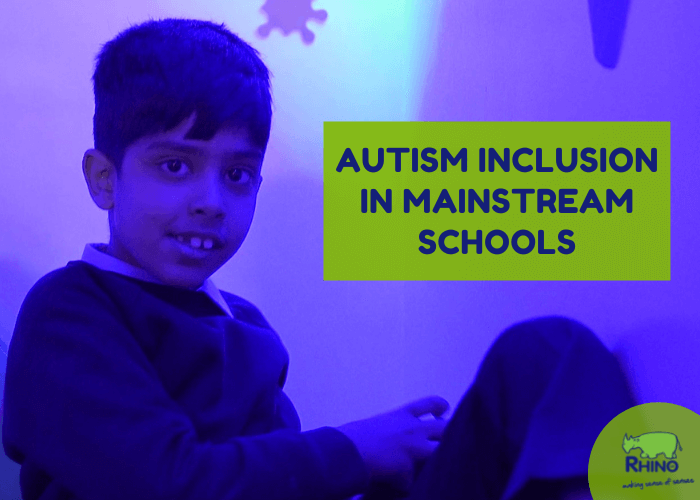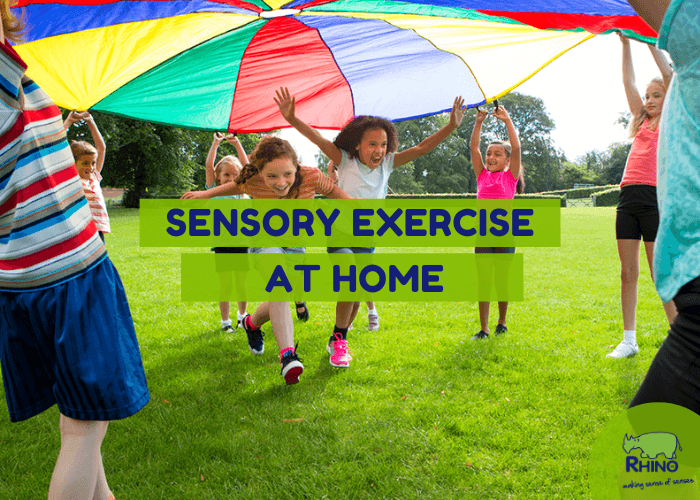Education has the power to change lives, and every child should have the same opportunities available to them, wherever they live and whatever their background. Over the last couple of decades, Autism and other disabilities such as dyslexia have been made more aware of and have very much been at the forefront of educational specialist minds. The National Curriculum includes a clear statement about inclusion, setting out the principles that all schools should embrace diversity and provide for all pupils individually.
The Statutory inclusion statement states that schools must provide effective learning opportunities for all pupils based on their cultural, physical and learning needs. Every pupil, whatever their ability, should have the opportunity to experience success in education and take account of gender, ability, disability, social, cultural and linguistic background when planning lessons. Provision should be made to enable all pupils to participate effectively in curriculum and assessment activities.
For more than 25 years, there has been a debate whether children with autism should be in mainstream schools or placed in special education environments. The origins of this debate stemmed from Baroness Warnock (English philosopher of morality, education and mind) when she introduced the concept of ‘inclusion’. Warnock stated, “Inclusion is not about placing children with autism in mainstream schools and ignoring the difference by ‘treating all pupils the same’. Instead, it is about making appropriate provisions to meet each child’s needs and reasonable adjustments to enable each child to access the whole life of the school. Every child with autism has different strengths, and a child’s individual needs should be the starting point for identifying what type of school they attend and the support they need in that setting”.
Types of Schools available:
- Special Schooling
- Mainstream Schooling
- Home Schooling
Where does Sensory come into this?
Over the years, Rhino has provided a variety of sensory equipment to special schools, private parents and mainstream schools to help with Autism. Many people on the autism spectrum have difficulty processing everyday sensory information. Any of the senses may be over or under-sensitive, or both at different times. These sensory differences can affect behaviour and can have a profound effect on a person’s life.
If someone is having a meltdown or not responding, there are things that sensory can do to help. Often, small changes to the environment can make a difference, for example, making a room light or dark, creating a focus area or a calming, comforting, secure space. Many special schools and mainstream schools have a sensory room or area which can easily be adapted to suit a mixture of needs and behaviours for those on the autism spectrum or with special needs.
Case Study – Glanhowy School
Blaenau Gwent Council set out plans to increase provision for children and young people with autism spectrum disorder in the borough. The plans were agreed, and it was decided to open an autism resource centre at Glanhowy School. Glanhowy Primary school already had a complex needs resource base, but the plans have seen it re-open as a base for children with autism. Rhino UK won the tender to design and create the sensory room at the school, which was installed in August 2016. The sensory room will open in September 2016 with the full base provisions.



